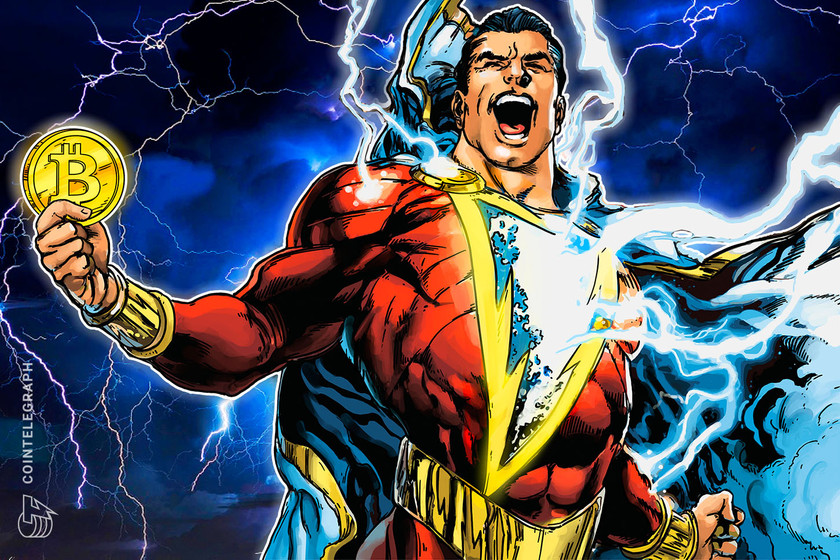El Salvador’s Bitcoin wallet Chivo scores $52M in remittances in 2022


El Salvador payment app Chivo processed $52 million in remittances over the past six months, as expatriates make use of commission-free BTC transfers.
Salvadorans living abroad hsent over $50 million in remittances from January to May this year, according to the El Salvador Central Reserve Bank.
Douglas Rodríguez, president of the El Salvador central bank, unpacked the general economic outlook for the country on the local television news program Frente a Frente on Wednesday.
A major takeaway was the $52 million of remittances processed by national digital wallet service Chivo through the first five months of the year. This marks a 3.9%, $118 million increase in value when compared to the same period in 2021.
Chivo was launched in September 2021 as the Central American country became the first in the world to adopt Bitcoin (BTC) as legal tender. The launch of the app reportedly attracted more than 2 million users in less than a month, leading to major teething problems for the state-endorsed payment platform.
The government-sanctioned payment service provider was relaunched in February this year, necessitated by the onboarding of an estimated 4 million users looking to make use of low fees for payments and transfers made in BTC. American cryptocurrency exchange software firm AlphaPoint came onboard to address scaling and stability issues.
Related: Central African Republic president launches crypto initiative following Bitcoin adoption
Chivo offers users commission-free transfers and payments in BTC and U.S. dollars. El Salvador’s president and Bitcoin proponent Nayib Bukele has previously claimed the app will save citizens some $400 million in annual commissions spent using conventional remittance and payment service providers in the country.
The application also makes use of the Bitcoin layer-2 payment protocol Lightning Network, which provides low-fee BTC transactions. The adoption of Bitcoin and Chivo in El Salvador has had a measurable effect on the uptick in Lightning Network transaction volumes — with a 400% increase in payment volume over the past year.













